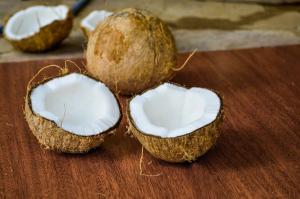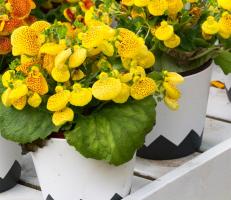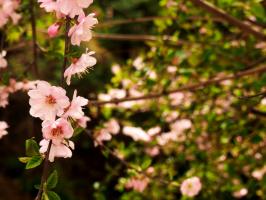Introduction
Cedar trees are ubiquitous in landscaping and forestry. Known for their distinctive look and pleasant aroma, these majestic trees can be found all over the world. But what exactly are cedar trees? In this article, we’ll explore the various types of cedar trees and their distinguishing features, as well as some of the practical uses for cedar wood.
Eastern Red Cedar
The Eastern Red Cedar, also known as Juniperus Virginiana, is a common species of cedar tree found in the eastern half of North America. Despite its name, it is not a true cedar, but rather belongs to the juniper family.
The Eastern Red Cedar is a coniferous tree with a tall, narrow shape and reddish-brown bark that is scaly and peeling. It has flat, scale-like leaves that are blue-green in color and produce a strong fragrance when crushed. Small, bluish-green berries are produced on female trees in the fall.
Western Red Cedar
The Western Red Cedar, or Thuja Plicata, is a true cedar species that is native to the Pacific Northwest region of North America. This tree is well-known for its high-quality, rot-resistant wood, which has been used for centuries in construction and boat-building.
The Western Red Cedar typically grows to be very large, with a wide trunk and a pyramidal shape. Its bark is reddish-brown and shreds in long, vertical strips. The leaves are scale-like and densely packed, creating a pleasant, aromatic smell when crushed. The tree produces small, green cones in the fall.
Spanish Cedar
Spanish Cedar, or Cedrela Odorata, is a tropical hardwood tree that is native to South and Central America. Despite its name, it is not a true cedar, but rather belongs to the mahogany family.
Spanish Cedar is a large tree with a straight, tall trunk that can reach over 100 feet in height. Its bark is smooth and grayish-brown, with a slightly reddish tint. The leaves are alternate and pinnately compound, with each leaflet about 2 inches long. The tree produces small, dry fruit in the form of capsules that contain many small, winged seeds.
Uses for Cedar Wood
The properties of cedar wood make it highly valued for a number of practical applications. For example, the rot-resistant nature of Western Red Cedar makes it ideal for outdoor furniture, decking, and siding. Spanish Cedar is commonly used for interior finishes and cigar boxes due to its pleasant aroma and insect-repelling properties.
Cedar wood is also used in aromatherapy and as a natural insect repellent. The oil extracted from cedar trees can be used to repel mosquitoes, moths, and other pests. Additionally, the pleasant scent of cedar wood makes it a popular material for use in sachets and other scented products.
Conclusion
While there are many different types of cedar trees, they all share some common characteristics such as their pleasant aroma and sturdy, rot-resistant wood. Whether you are interested in using cedar wood for practical purposes or simply appreciate the beauty of these majestic trees, there is much to admire about this diverse and versatile species.

 how many times do yo...
how many times do yo... how many planted tre...
how many planted tre... how many pine trees ...
how many pine trees ... how many pecan trees...
how many pecan trees... how many plants comp...
how many plants comp... how many plants can ...
how many plants can ... how many plants and ...
how many plants and ... how many pepper plan...
how many pepper plan...































